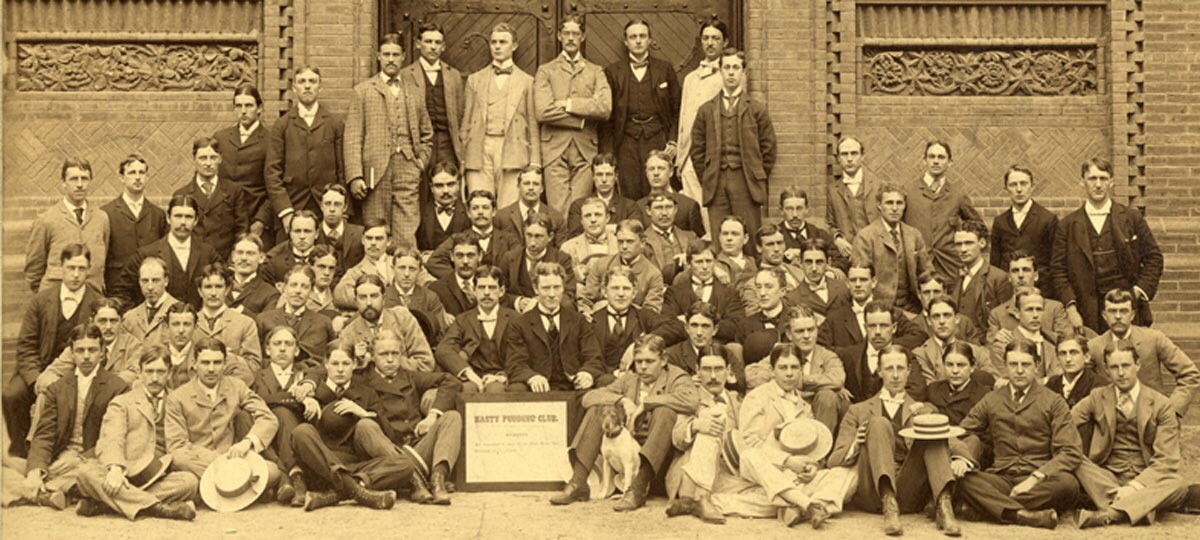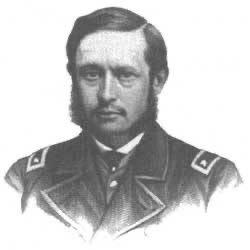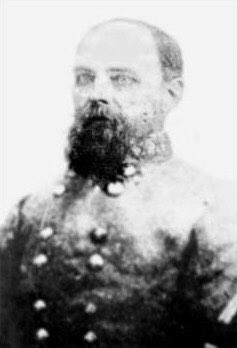
The Battle of Ball’s Bluff was fought #OTD in 1861. An early test of the newly formed Army of the Potomac under General George McClellan, it proved to be a debacle. A raid by nearly 2,000 Union troops resulted in a rout - more than half the force became casualties. #CivilWar 







• • •
Missing some Tweet in this thread? You can try to
force a refresh



































